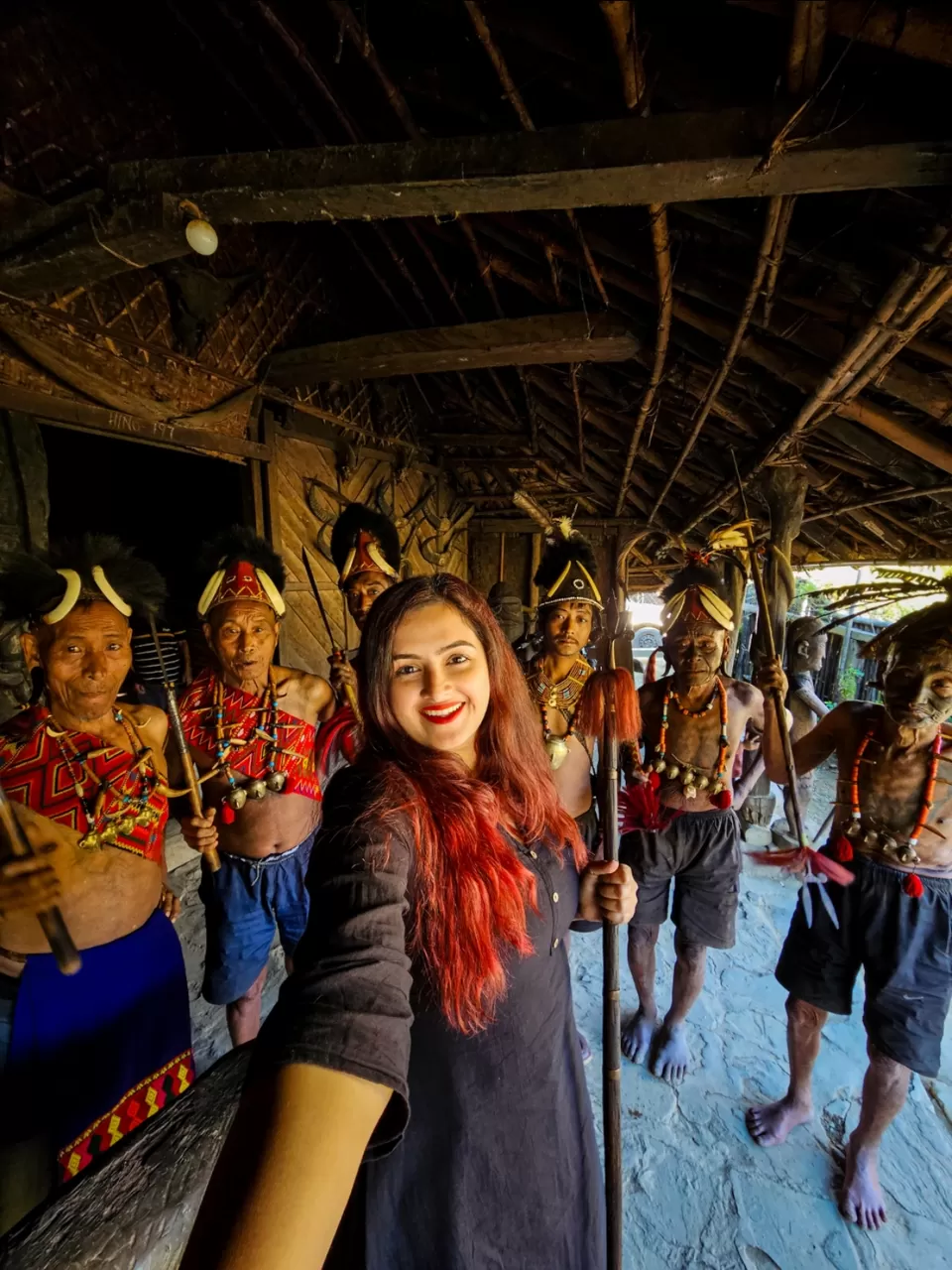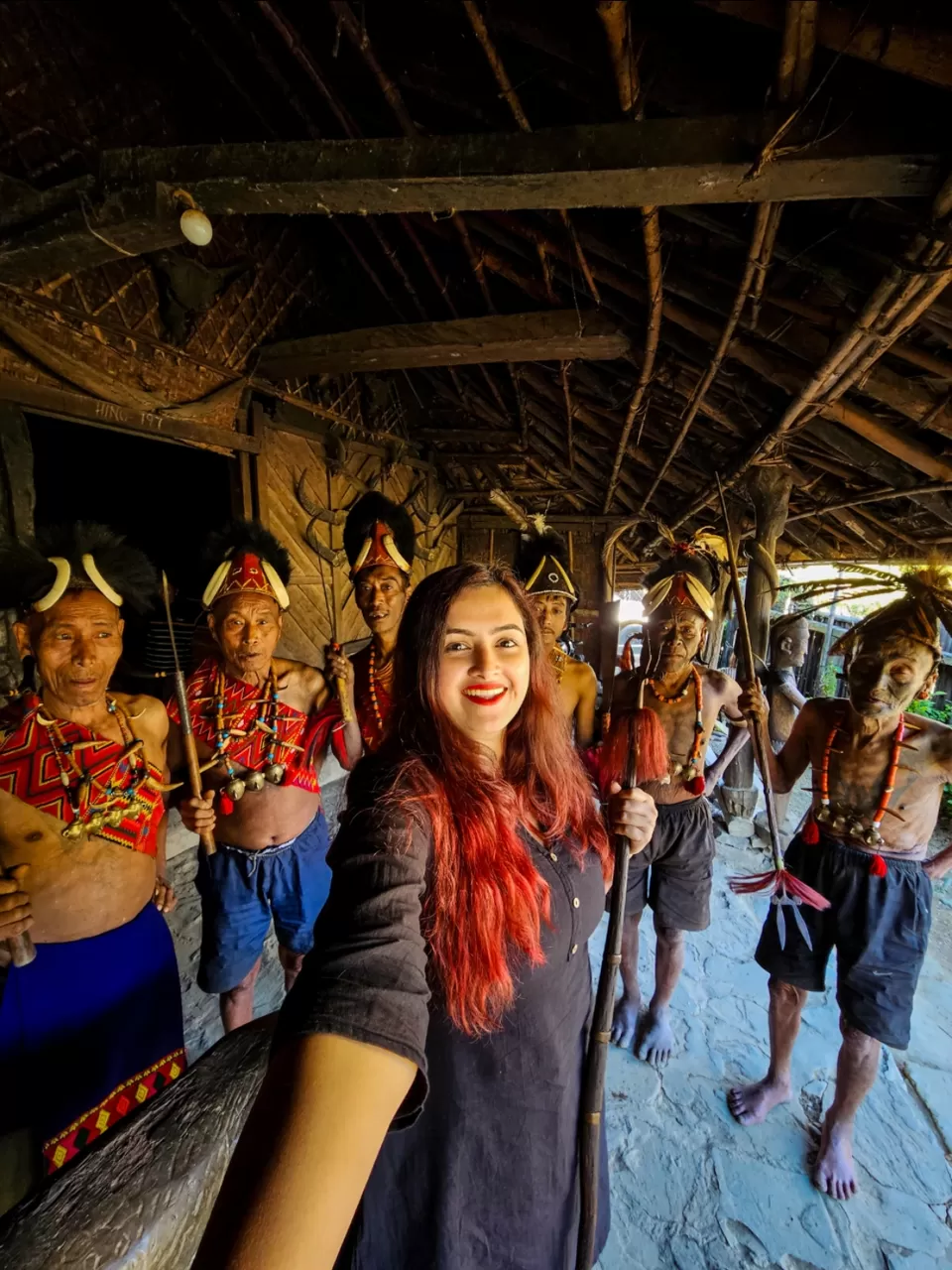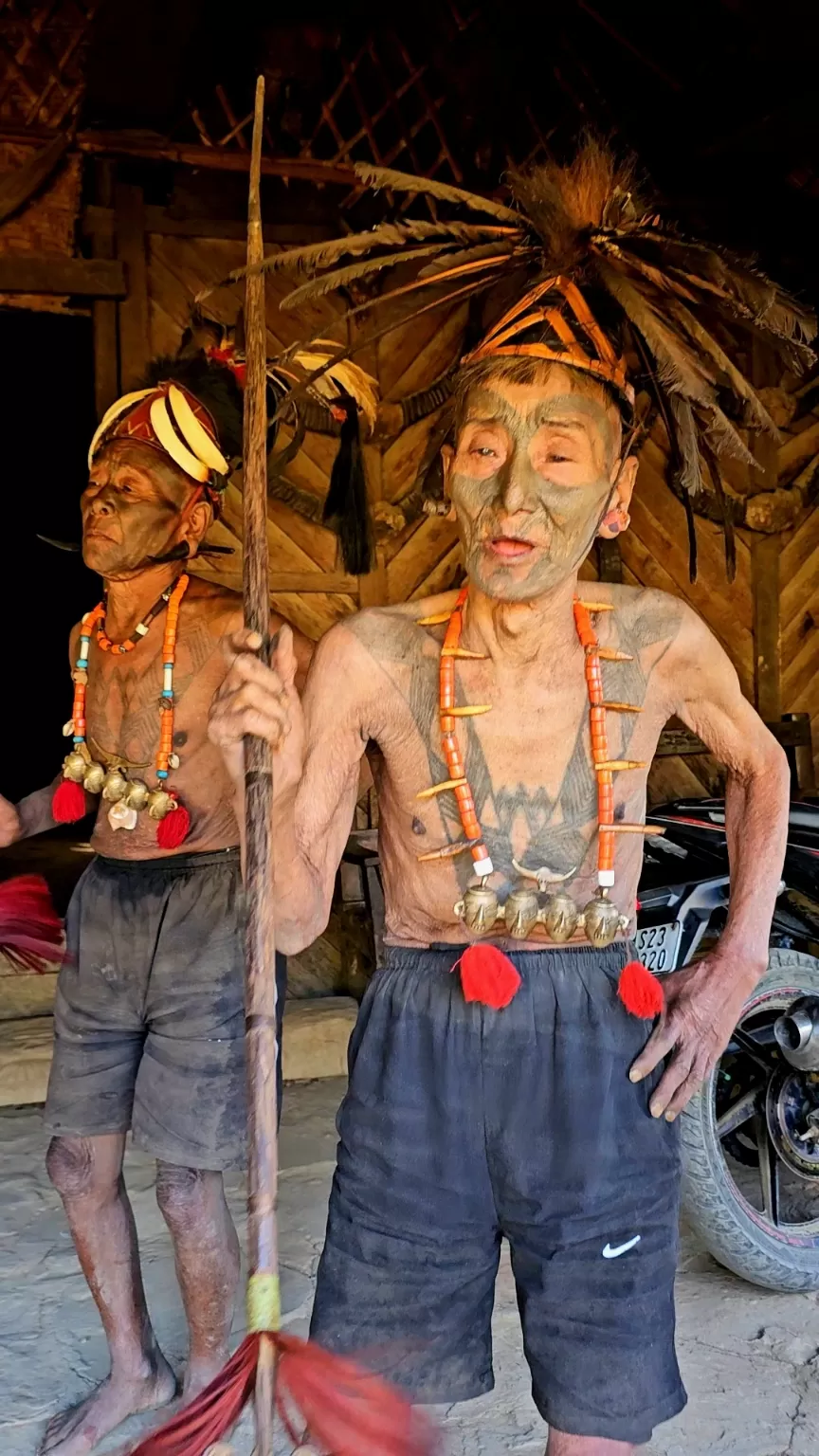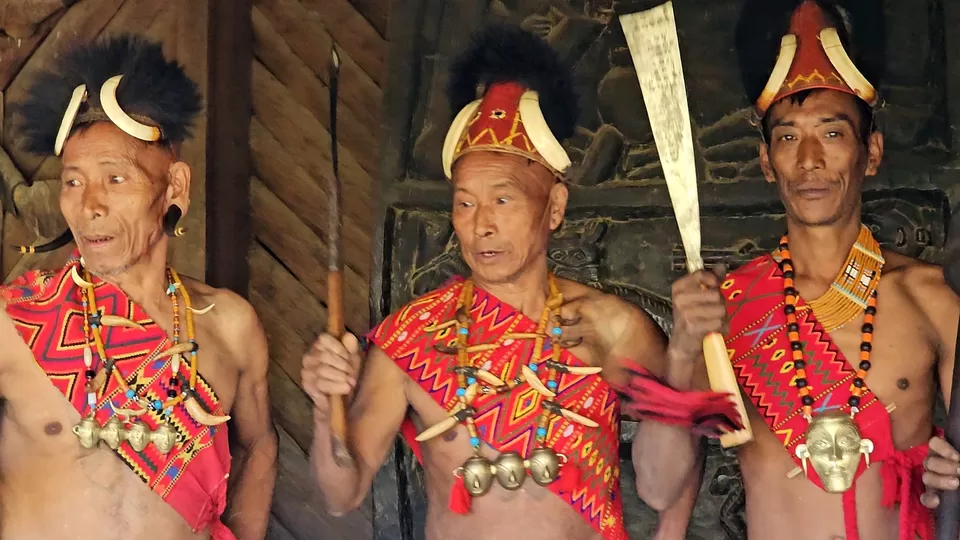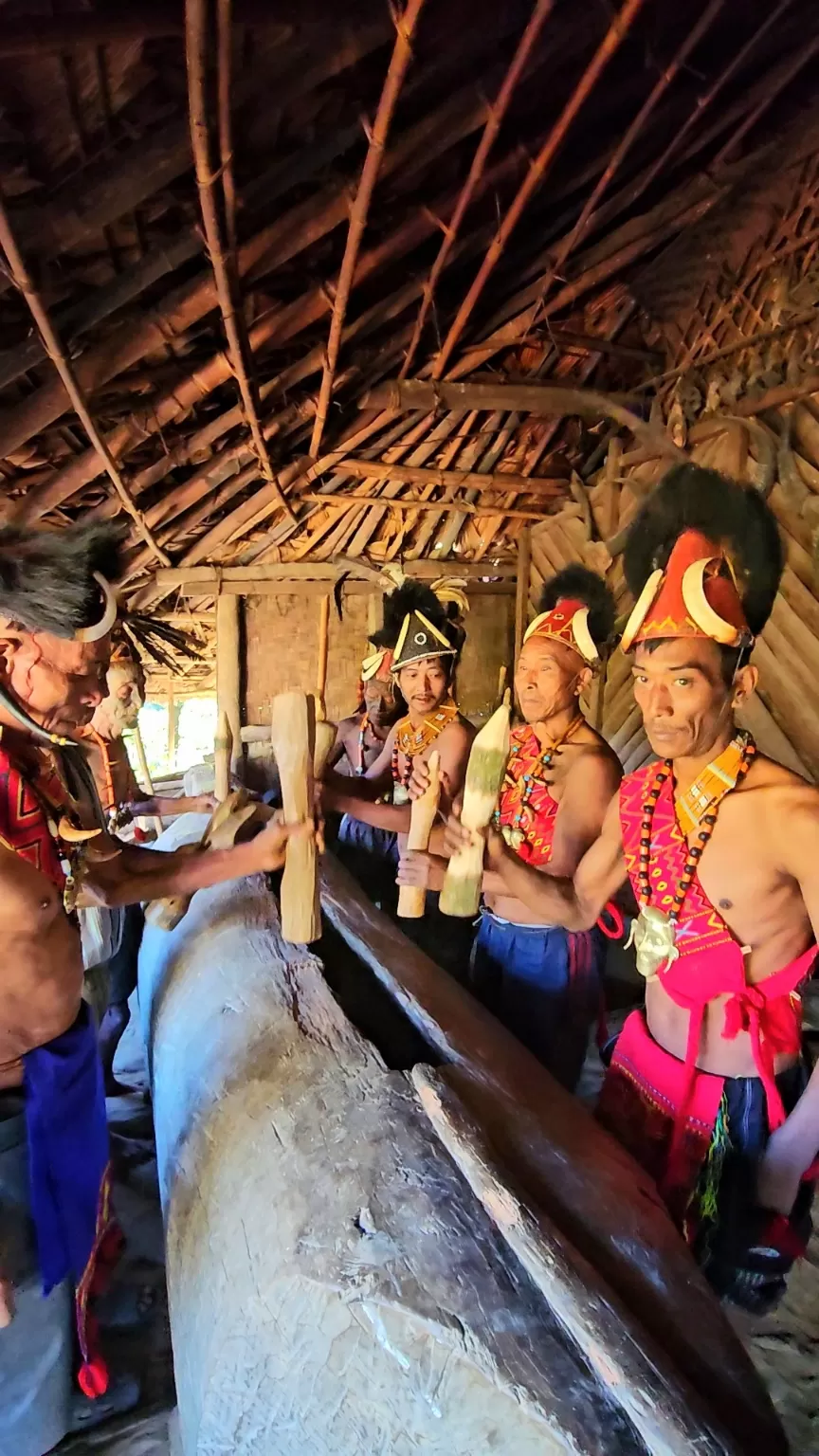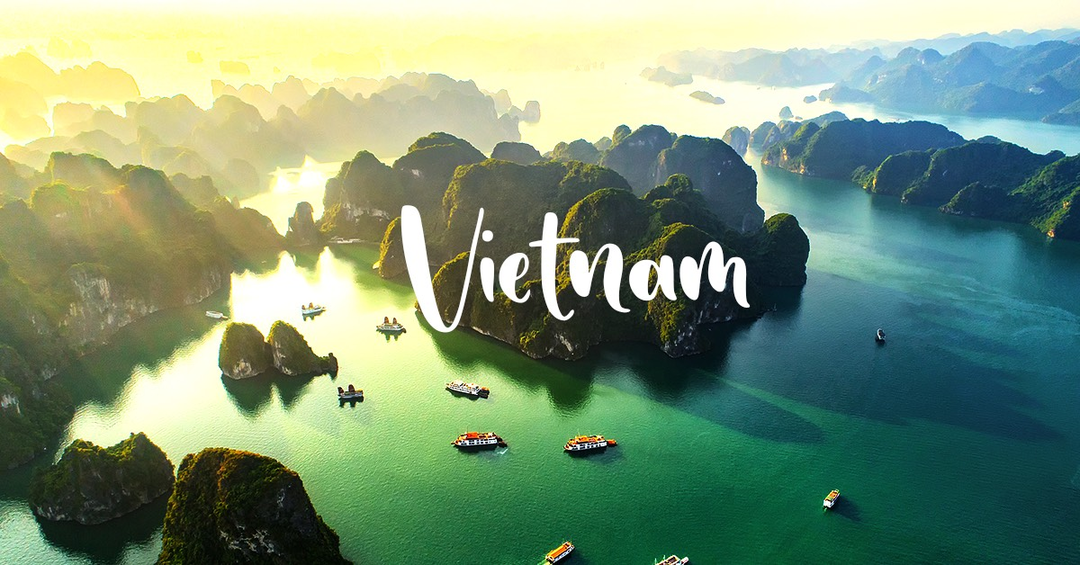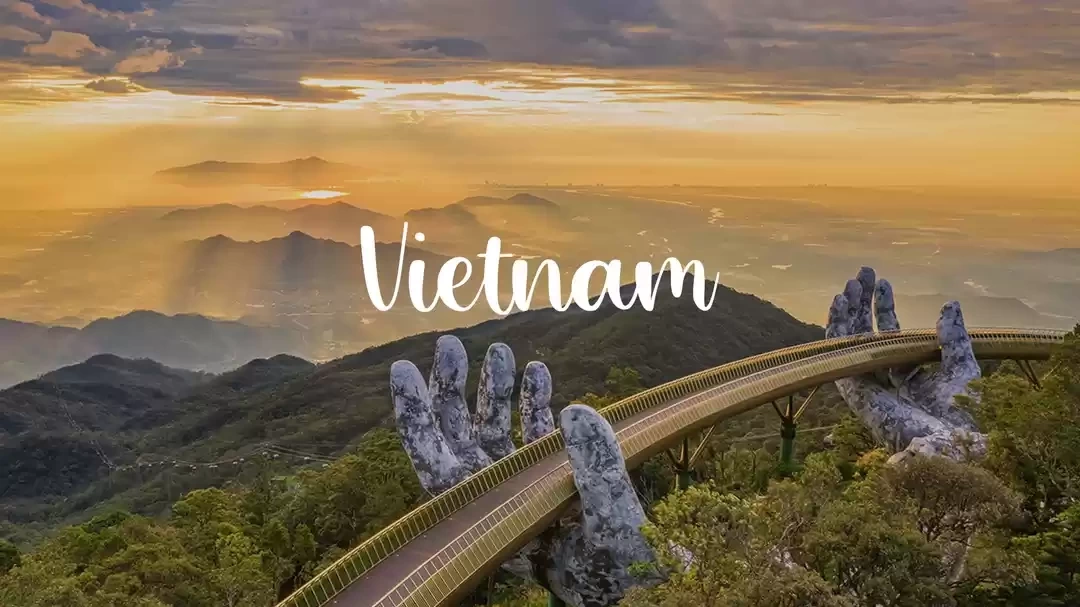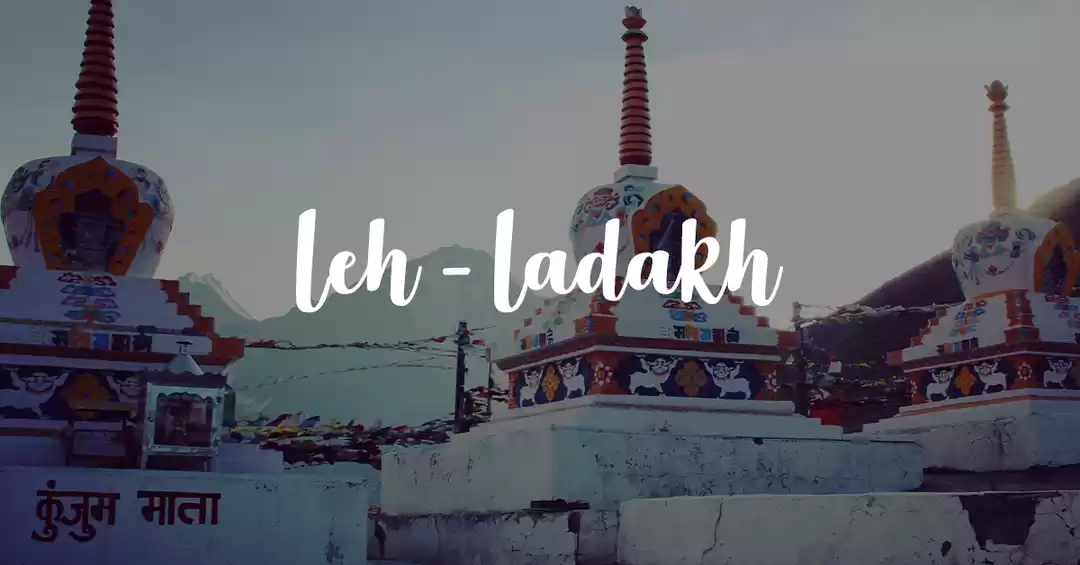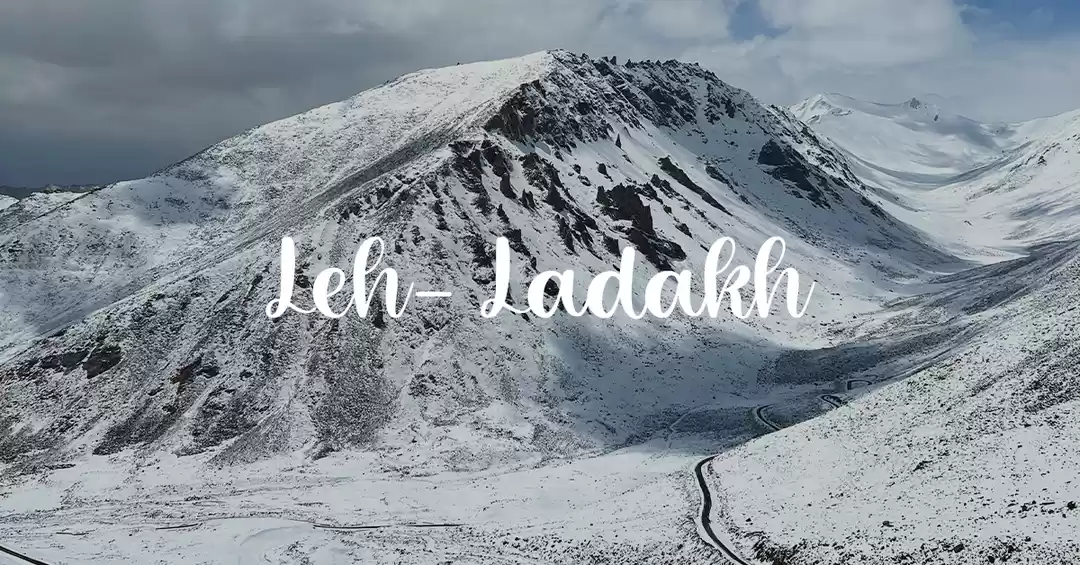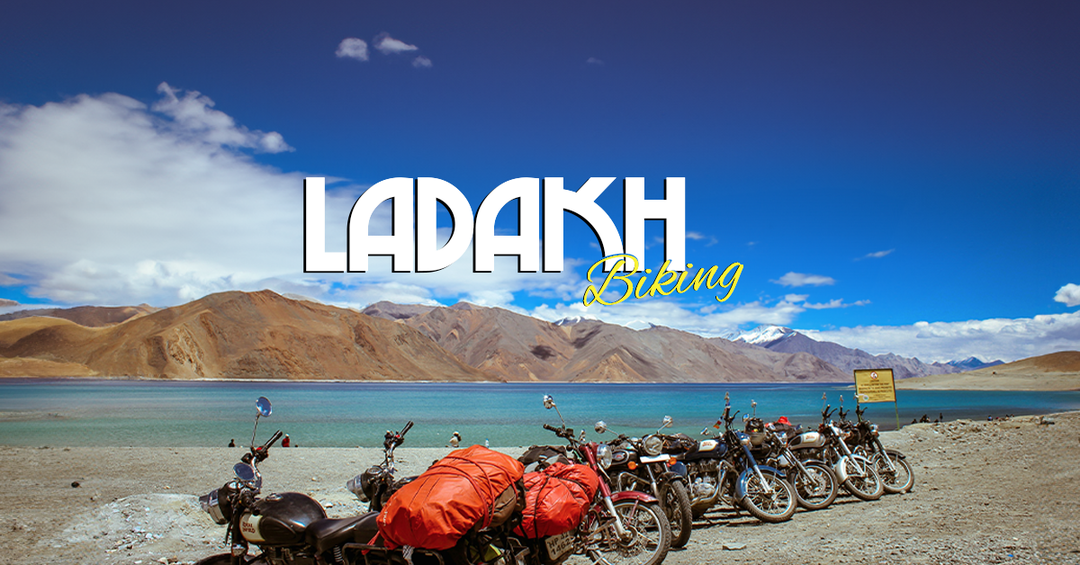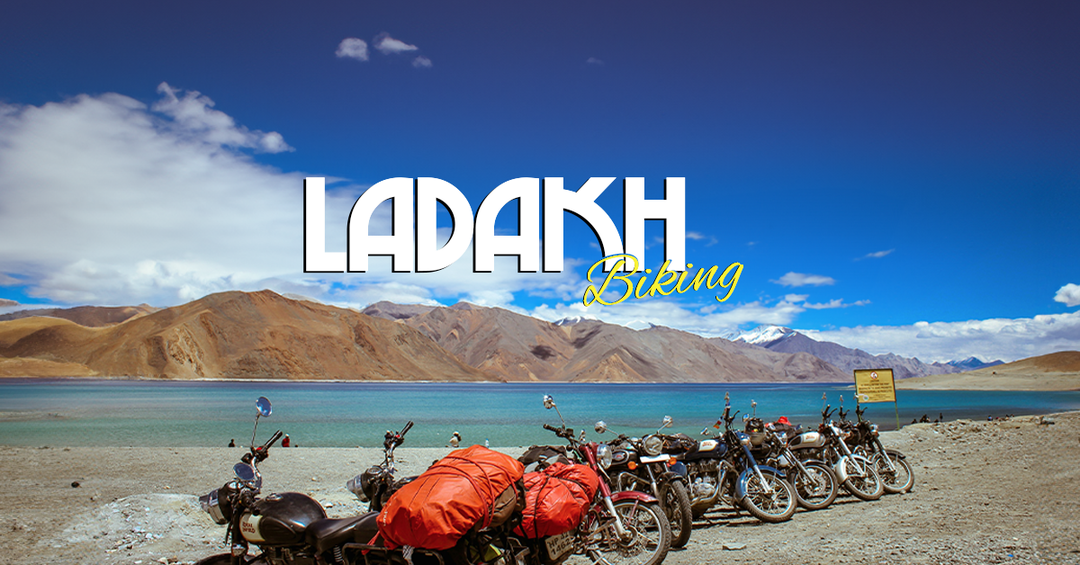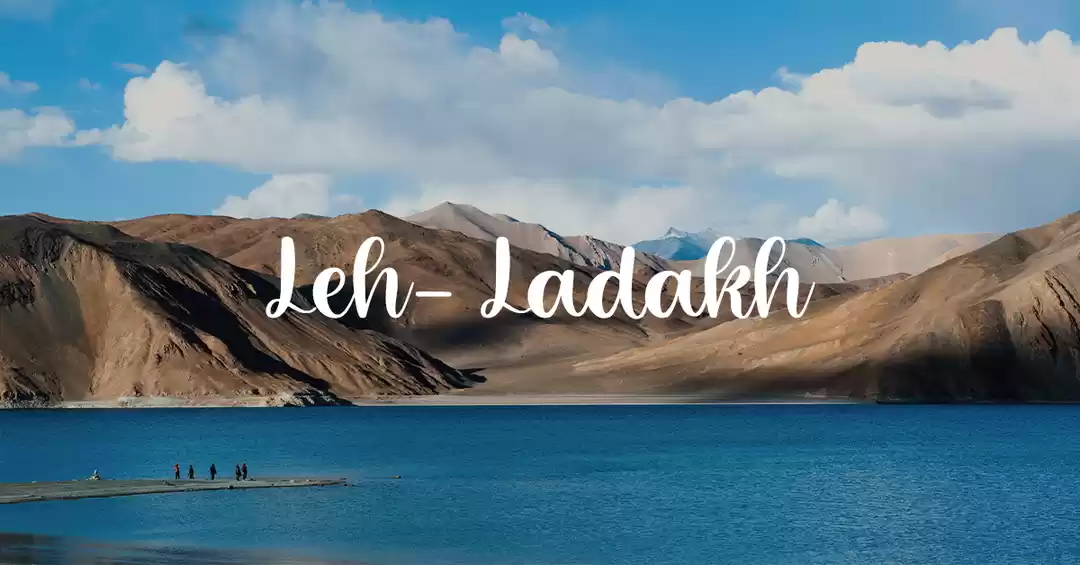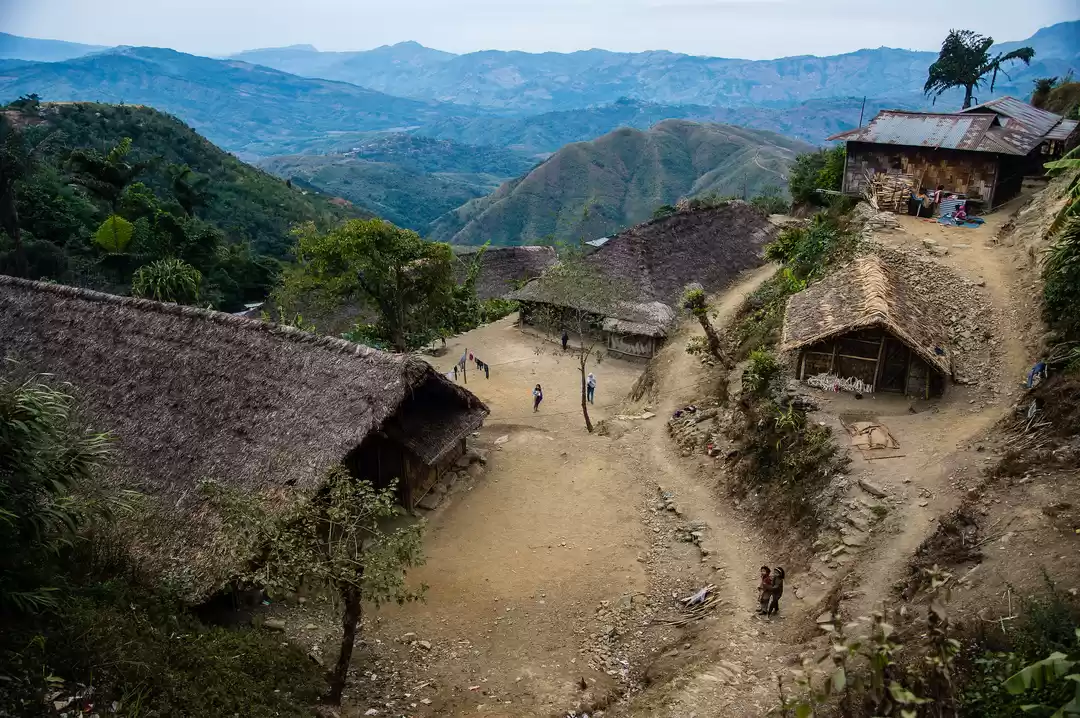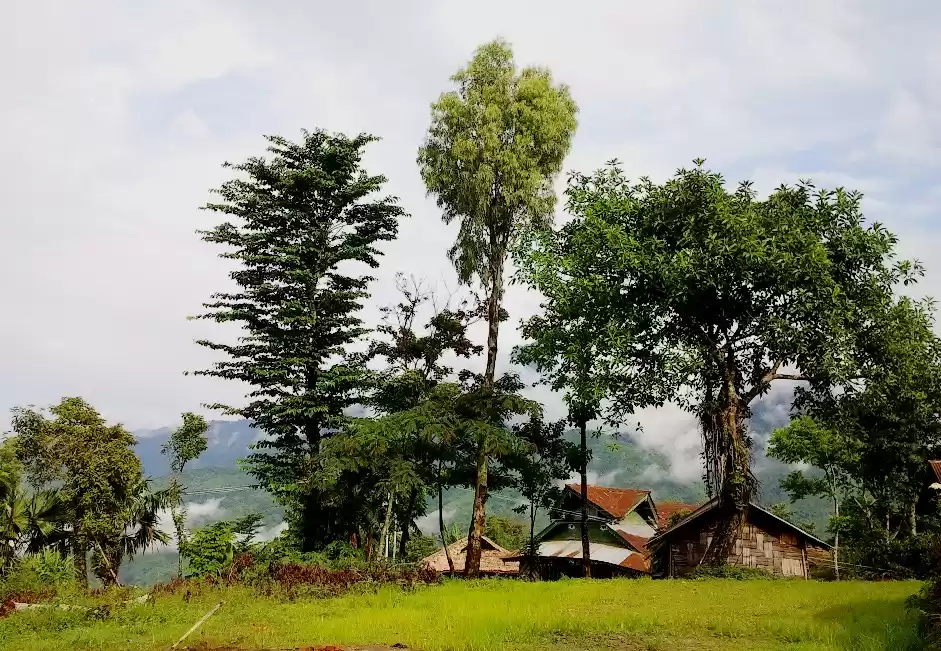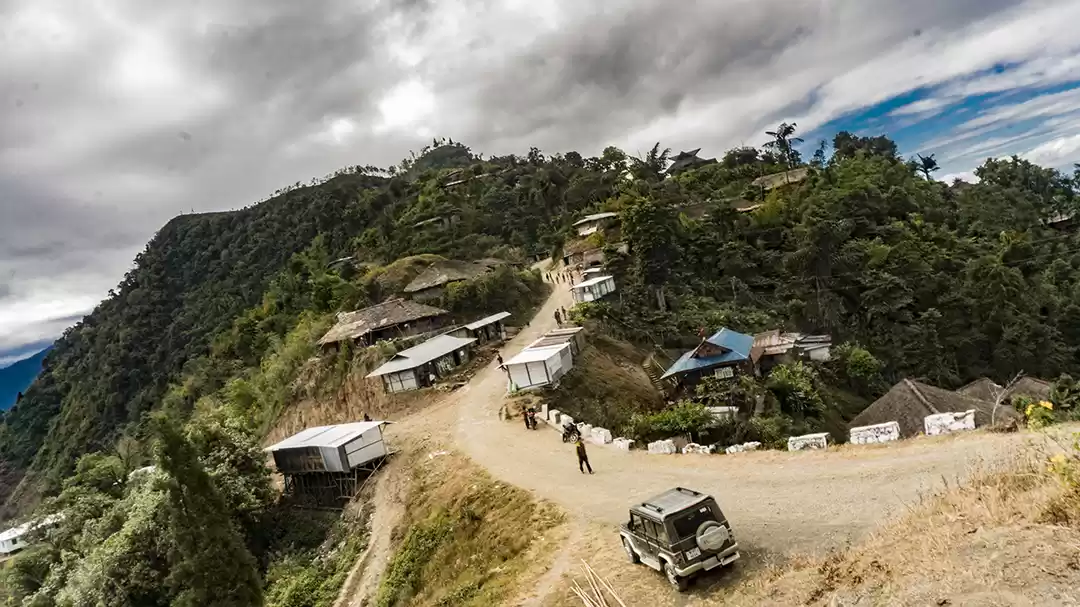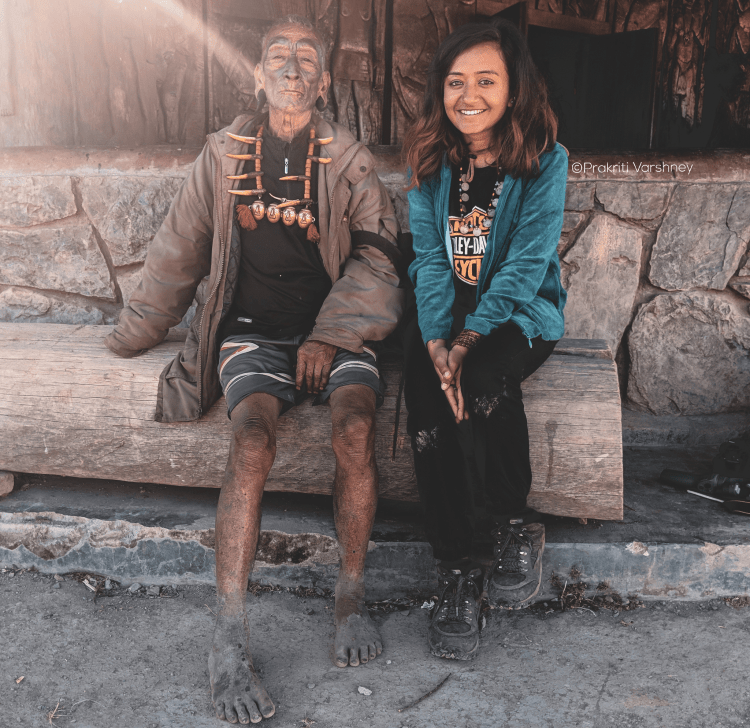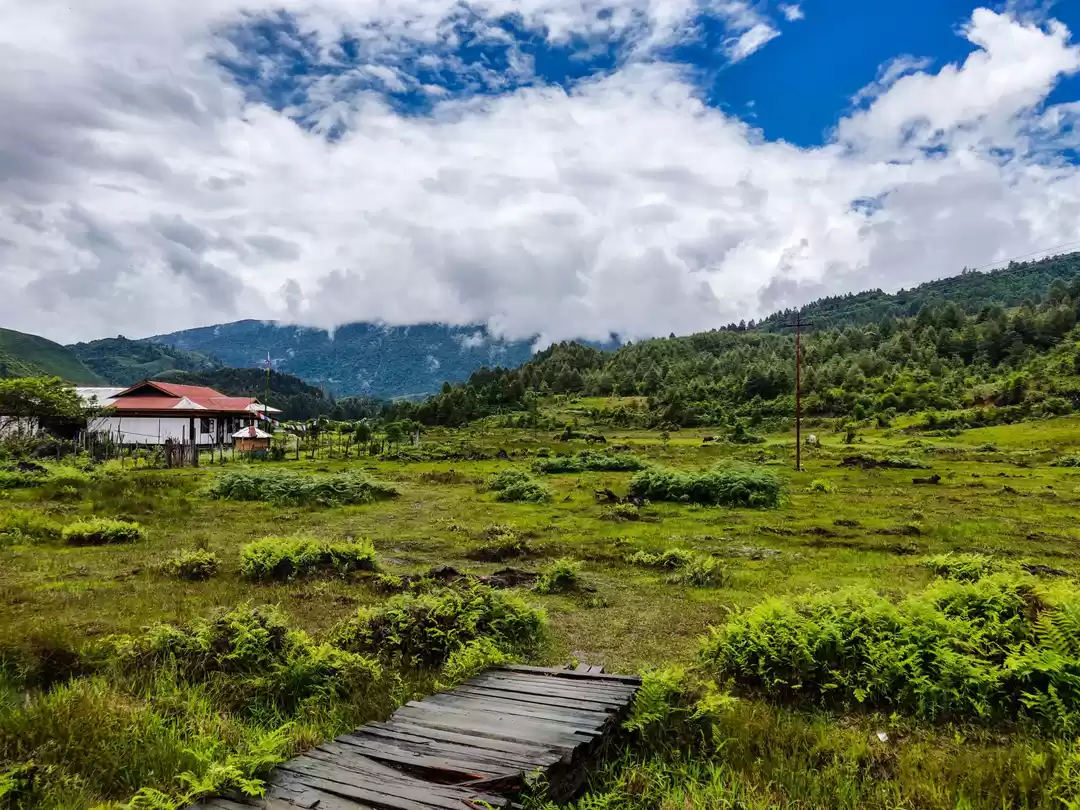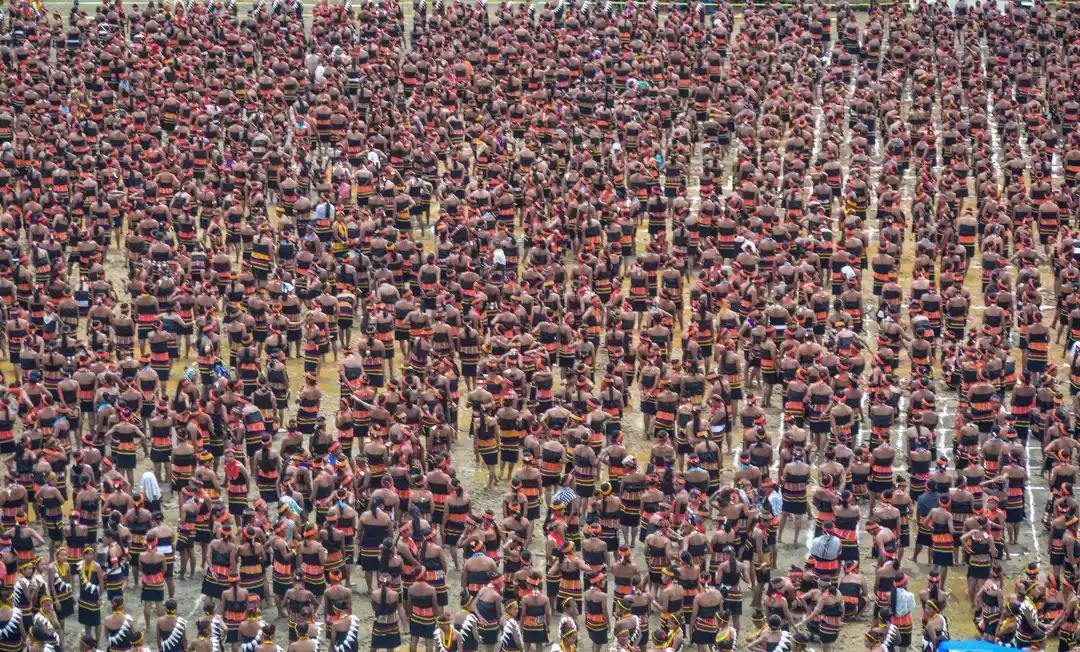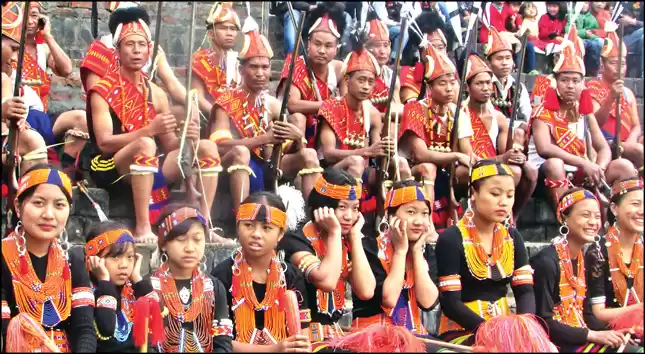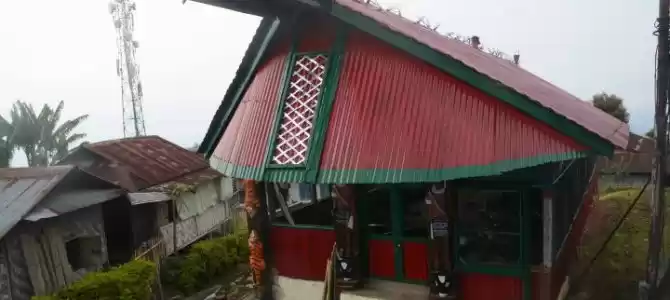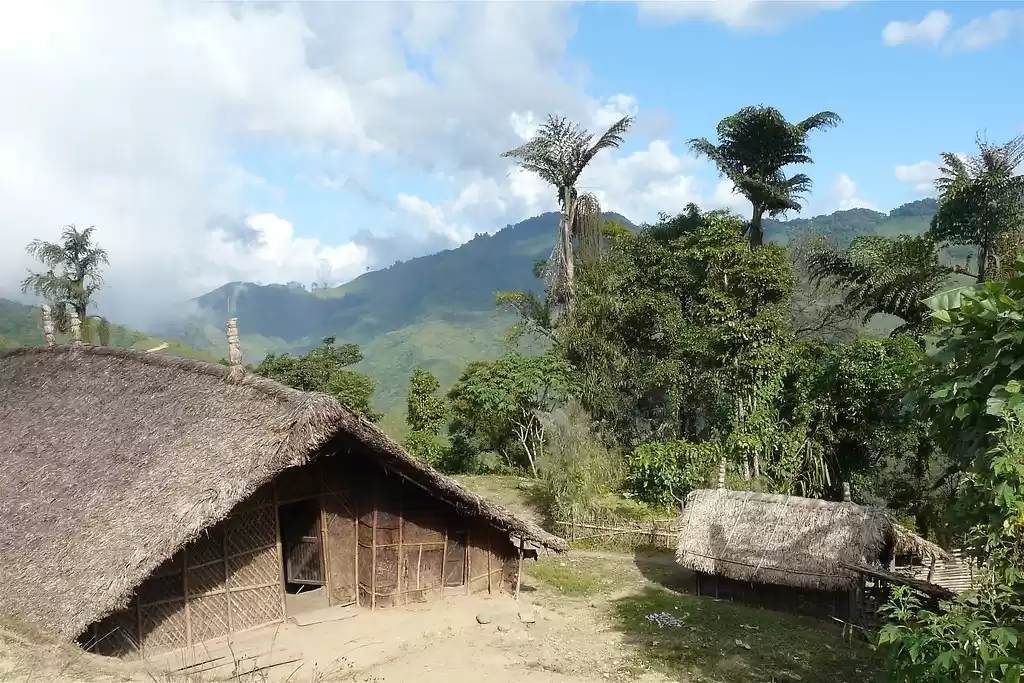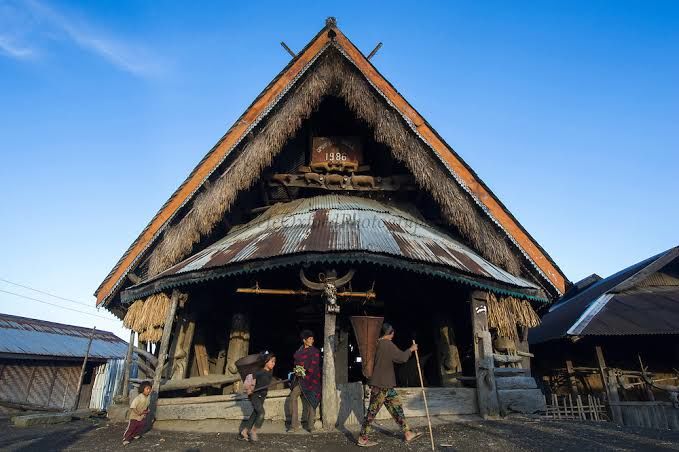
I recently had the opportunity to visit Longwa Village, a unique and fascinating place located in the Mon district of Nagaland. What makes Longwa so special is that it is literally divided between two countries: India and Myanmar. Half of the village lies in India, while the other half lies in Myanmar.
Longwa is home to the Konyak tribe, one of the largest ethnic groups in Nagaland. The Konyak are known for their traditional headhunting practices, which were banned in India in the 1960s. However, the villagers still wear necklaces made of brass heads, which signify the number of heads they have chopped.
I went to Longwa with my dad, stayed with the headhunters for 48 hours and we were guided by Pohi, a local tour guide. Pohi told us that the villagers of Longwa hold dual citizenship, as they are citizens of both India and Myanmar. Mon district is also known as the "Land of Anghs (kings)," as the village is ruled by a king.
We saw many interesting things during our visit to Longwa. We saw India's last road, Angh's palace (which is also divided between India and Myanmar), and the homes of a brass maker and a gunmaker. We also had a chance to talk to some of the headhunters and learn about their stories.
One of the most memorable experiences of our trip was watching the traditional dance and log drum beating of the Konyak people. It was a truly amazing spectacle, and it was a privilege to be able to witness it.
If you are ever in Nagaland, I highly recommend visiting Longwa Village. It is a truly unique and unforgettable place.
* You can find the full video of my trip to Longwa Village on my YouTube channel: Mandy Misra
* Longwa Village is located about 100 km from Kohima, the capital of Nagaland.
* There is no direct public transportation to Longwa, so you will need to hire a private taxi or car.
* It is best to visit Longwa during the dry season (October to April).
* Be sure to pack warm clothes, as it can get cold in the mountains of Nagaland.
* It is important to respect the customs and traditions of the Konyak people.
